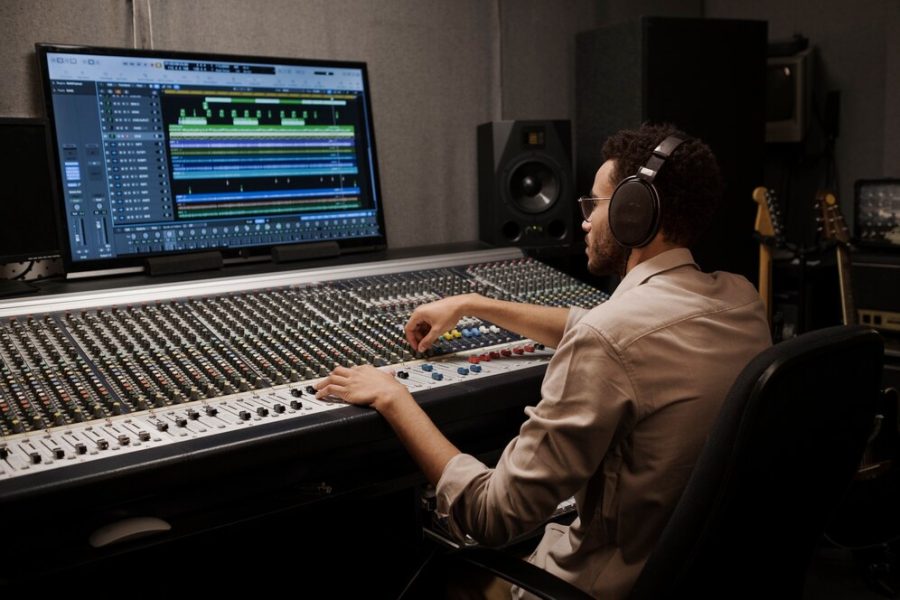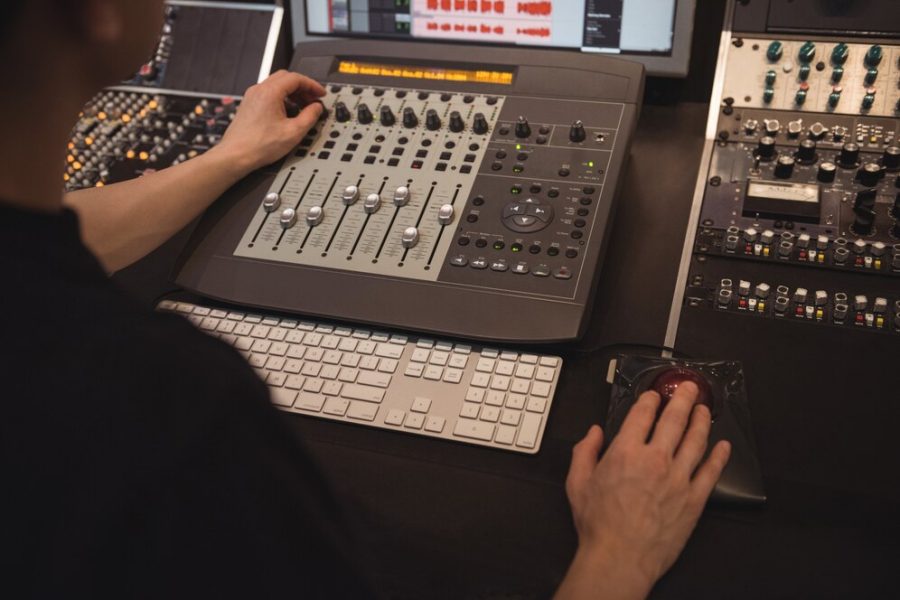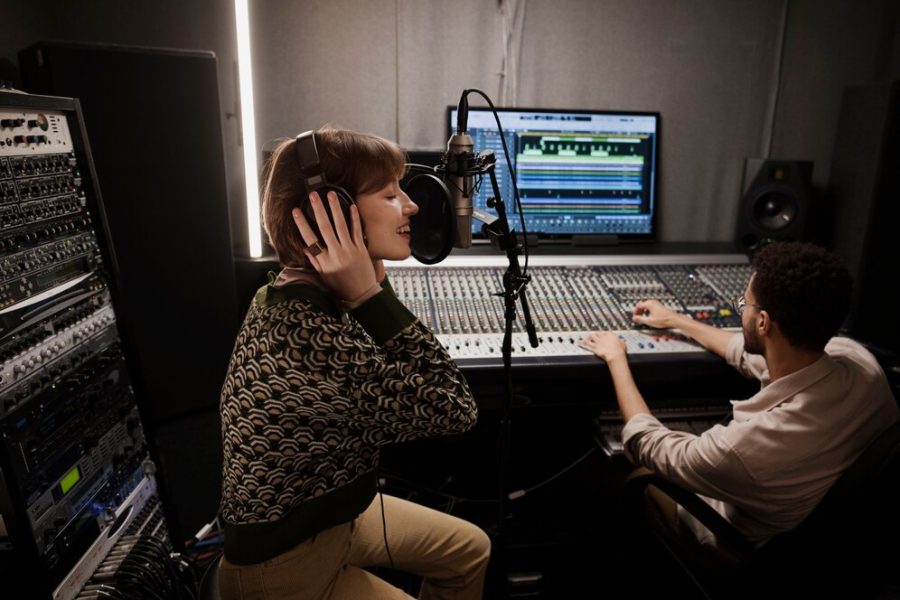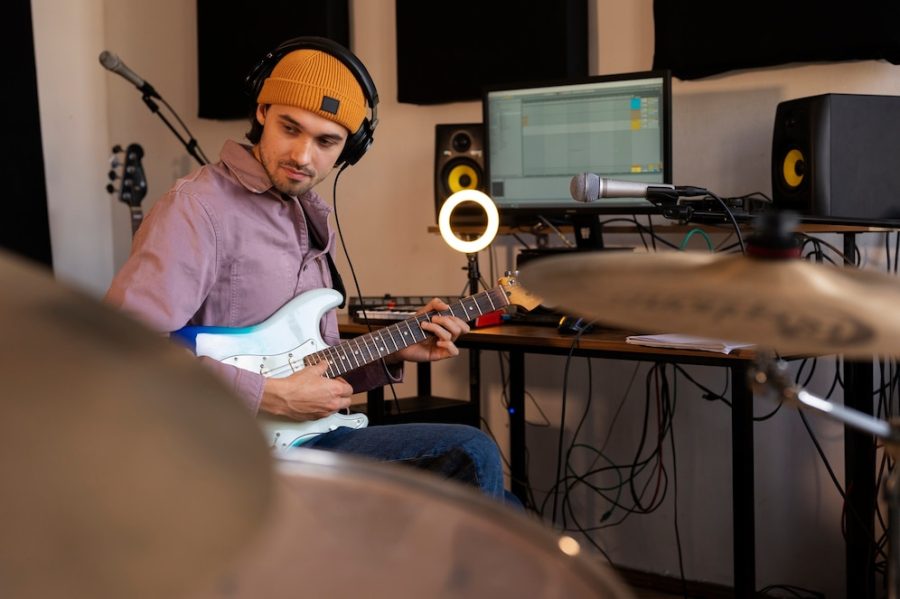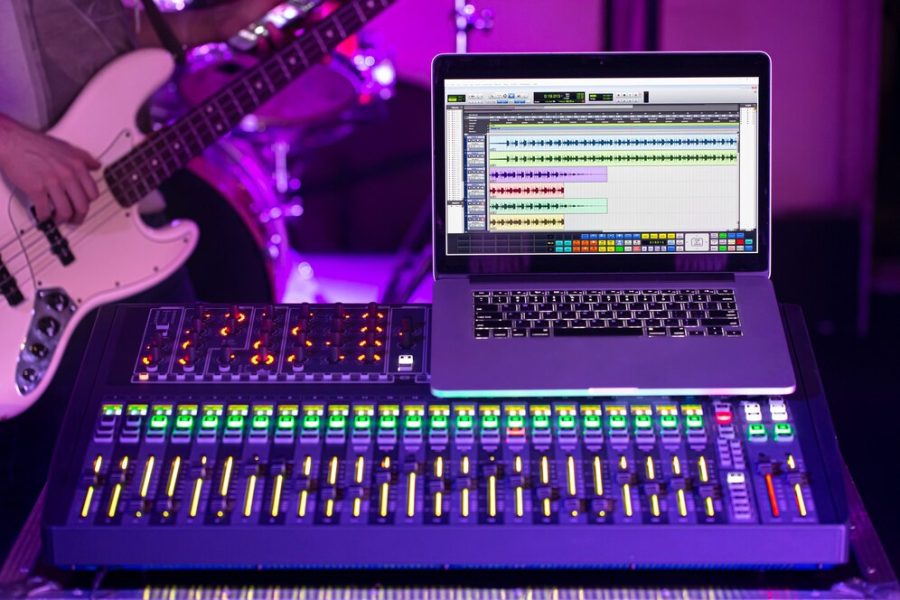Music. It has been a universal language throughout history, full of emotions, culture, and creativity. With the advent of new technology, the realm of music has shifted dramatically in the modern era. At the heart lies the burgeoning world of mixing and mastering. This complex process of creating sonic perfection involves stages like mixing and mastering, layering, and much more.
The Basic Difference between Mixing and Mastering
Understanding the basic difference between mixing and mastering is essential when diving into audio engineering. In simple terms, mixing is balancing all separate tracks in a song. In contrast, mastering is the final stage, where the track is polished to ensure it sounds balanced and harmonious across various playback systems.
Defining Mixing: Turning Chaos into Sonic Perfection
The first stage of mixing mastering is mixing. Mixing is all about turning the chaotic assembly of individual sounds into a harmonious, pleasing-to-the-ear audio file. Professional mixing involves the balanced control of factors like volume, pan position, and frequency content.


